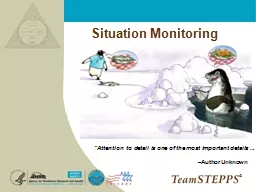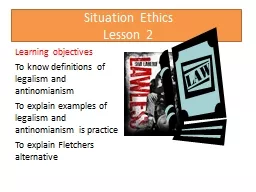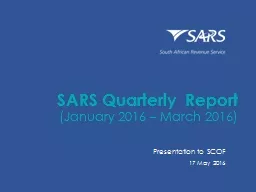PDF-Quarterly Employment Situation
Author : grace3 | Published Date : 2021-10-05
Paris 15thApril2021OECD News Release4thQuarter 20201OECD area employment rate rose by 10percentage point in the fourthquarter of 2020 but remains below prepandemic
Presentation Embed Code
Download Presentation
Download Presentation The PPT/PDF document "Quarterly Employment Situation" is the property of its rightful owner. Permission is granted to download and print the materials on this website for personal, non-commercial use only, and to display it on your personal computer provided you do not modify the materials and that you retain all copyright notices contained in the materials. By downloading content from our website, you accept the terms of this agreement.
Quarterly Employment Situation: Transcript
Download Rules Of Document
"Quarterly Employment Situation"The content belongs to its owner. You may download and print it for personal use, without modification, and keep all copyright notices. By downloading, you agree to these terms.
Related Documents














